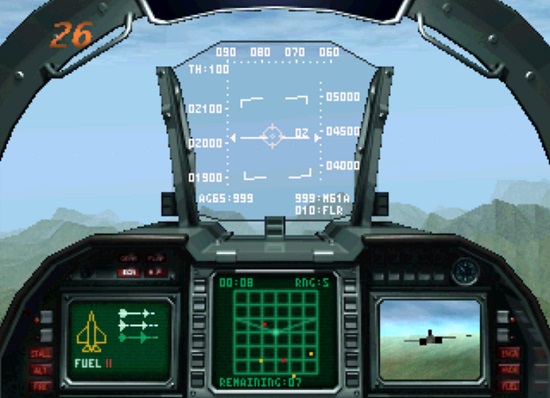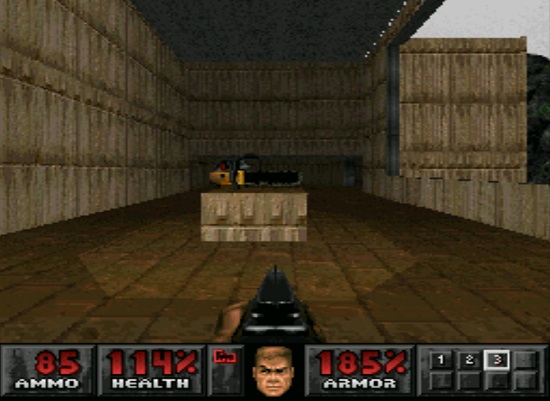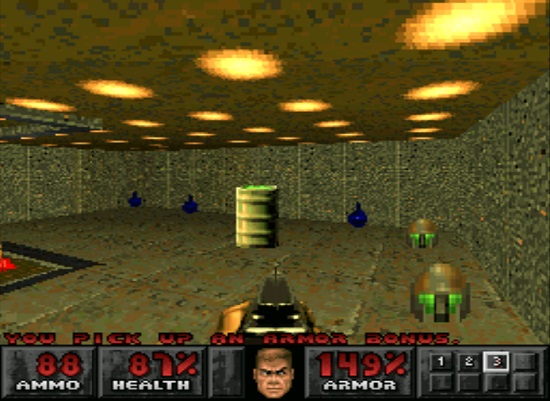
One of the dumbest things people do to themselves is to protectively harbor a preference for specific type of person that they find attractive. It’s as though after months of soul searching and meditation atop Mount Wu-Tang these folks have gotten to intimately know their innermost secrets and solved the dilemma of Betty v. Veronica*.
There’s this illusion that being open to all types of physical traits is “unkempt”, and that a being able to objectify the ideal of your sexual fantasies into short, quantifiable terms is the result of a well-developed palate. However, the opposite is true: knowing what you deep down and honestly like is as easy as standing at a take-out counter with an ornery queue waiting behind you. It’s not something you have to justify or explain; you just like what you like,
And just think: if you’re ever lucky enough to marry someone who has a finely-detailed list of physical attributes they expect in a partner for which you fulfill in every way, congratulations, you look like all of his ex-girlfriends.
Among putting down the toilet seat and learning to how to argue without trying to win, love is accepting your partner’s deficiencies. This isn’t to say that you can just love anyone, but that you’ll eventually have to confront your partner’s issues, just as they will have to confront yours.
It’s seems we’re all stuck with the pretense of assuming there’s such a thing as a perfect mate. Instead of taking the road towards greater intimacy by embracing limitations, we use superficial standards to define ourselves.
The Playstation debuted during the era when 3D graphics were still saddled with multiple problems: a limited draw distance, jaggy graphics, onscreen display limitations. Although some games pushed the limits of the technology to the breaking point, it still wound up falling short of a complete game experience.
On the contrary, Silent Hill (1999) embraces all the technological limitations of the Playstation like a wino finding the backwash he left in the very last bottle.
The “fog” that plagues other games is the defining aspect of Silent Hill’s creepy environment that prevents you from properly see enemies creep up on you. The short levels punctuated by loading screens prompts a feeling of dread as you immerse yourself deeper and deeper into the dread of Silent Hill. The inability to display numerous objects onscreen as once adds to the narrative of a creepy town that is eerily devoid of its residents.
Best of all is that as these effects are used to propel the story, so too does it contribute to the ominous atmospheric mood of the game. And for all the trappings that video games can offer, this is the most immersive quality it can offer.
“Doing more with less” is the hallmark of embracing limitations, and it really worked out well for this game. And really, we would serve ourselves well to not place unfair expectations upon things before accepting them.
This is, of course, outside the condition no one could possibly not find acceptable: small hips, big ass.
* “v.” designating that the proceedings were initially contested in a court of law
How far I got in 20 minutes: didn’t quite make it to the school yet.
The good: The “Silent Hill” in this story is “guilt”
The bad: Any less cheesy and it would take itself too seriously, but it could do with less cheese… although we gamers eat nothing but casseroles.
Will I play this game again once this year is over: Yes. And honestly, aren’t all hills silent in their own way?
Days so far in the Year of the Play-a-DayStation: 33


















